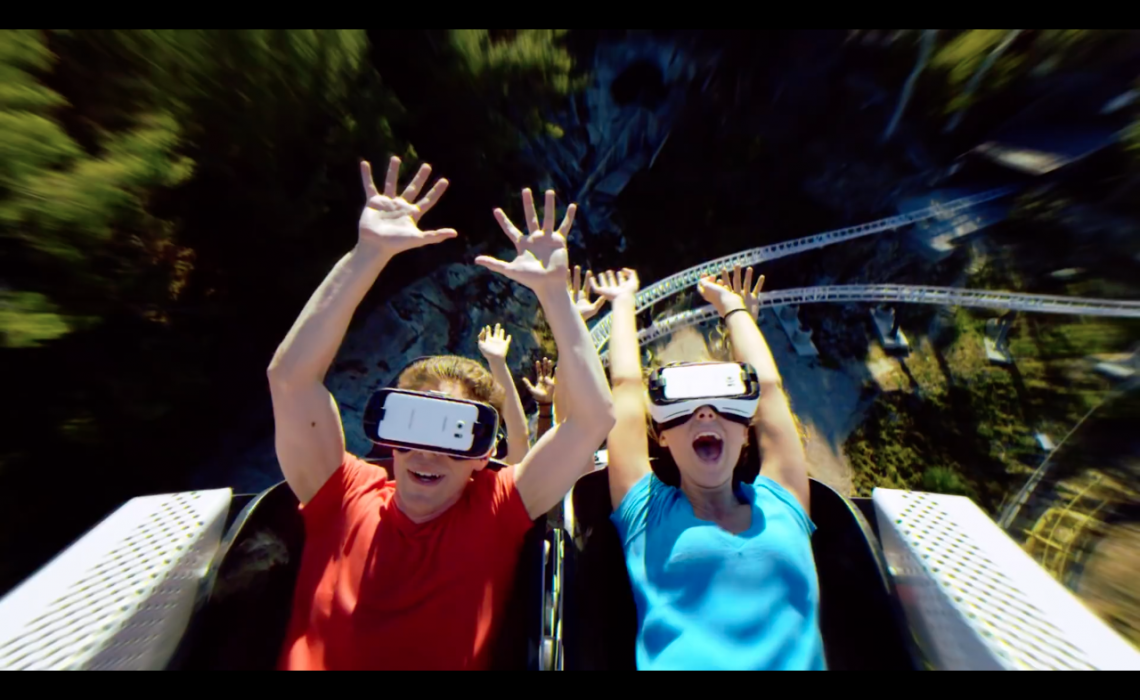
You might also like:
By the end of the year, at least nine Six Flags theme parks will have rollercoasters equipped with virtual reality headsets that let riders pretend they’re flying with Superman or fighting aliens.
Six Flags Entertainment CEO John Duffey thinks the potential is huge for virtual reality technology to enhance experiences without spending great sums of money.
During an earnings call with analysts on Wednesday, Duffey said he expects eventually to use virtual reality during the company’s holiday events such as Fright Fest during Halloween and Holiday in the Park around Christmas.
Fright Fest, he said, would offer an “augmented reality” where “our guest would be able to go through a maze, see what is in front of them, but there will be a number of things coming at them which ultimately should reduce our labor costs at a lot of our mazes and our haunted attractions.”
During the special winter event, he envisions using the headsets to transform a “typical train experience into a winter wonderland.”
“There are a lot of applications for VR and they are all at a relatively low cost respectively,” he said.
So far, rides at three theme parks have the virtual experience; the technology will be added at six more parks during the second quarter and the company is still working out the timing for introducing the feature at its other four parks.
Duffey said the ultimate goal would be to allow a rider to choose from three, four, or five different virtual experiences on any of the roller coasters that are equipped.
The company uses Samsung Gear VR headsets powered by Oculus. While Duffey wouldn’t disclose financial details about any deals with the provider, he said the cost of adding the headsets and paying workers to outfit passengers and clean the gadgets would be a bargain compared to the alternative.
“It is much, much lower than having to invest millions of dollars in new rides,” he said.
That’s crucial as the Six Flags tries to keep costs in check while adding a new feature at each park every year. For the first quarter, the Texas-based company reported that revenue had increased 36 percent to $115 million in a typically slow period.
Attendance increased by 580,000 to 2.1 million, in part due to Easter falling during the quarter. But the company lost nearly $47 million — an improvement compared to the previous year, when it lost $70 million.
Six Flags isn’t the only theme park company adding a virtual element to existing rides. The Los Angeles Times reported earlier this year that about two dozen virtual reality roller coasters were expected to be ready by this summer at locations around the world.
Source: skift.com
